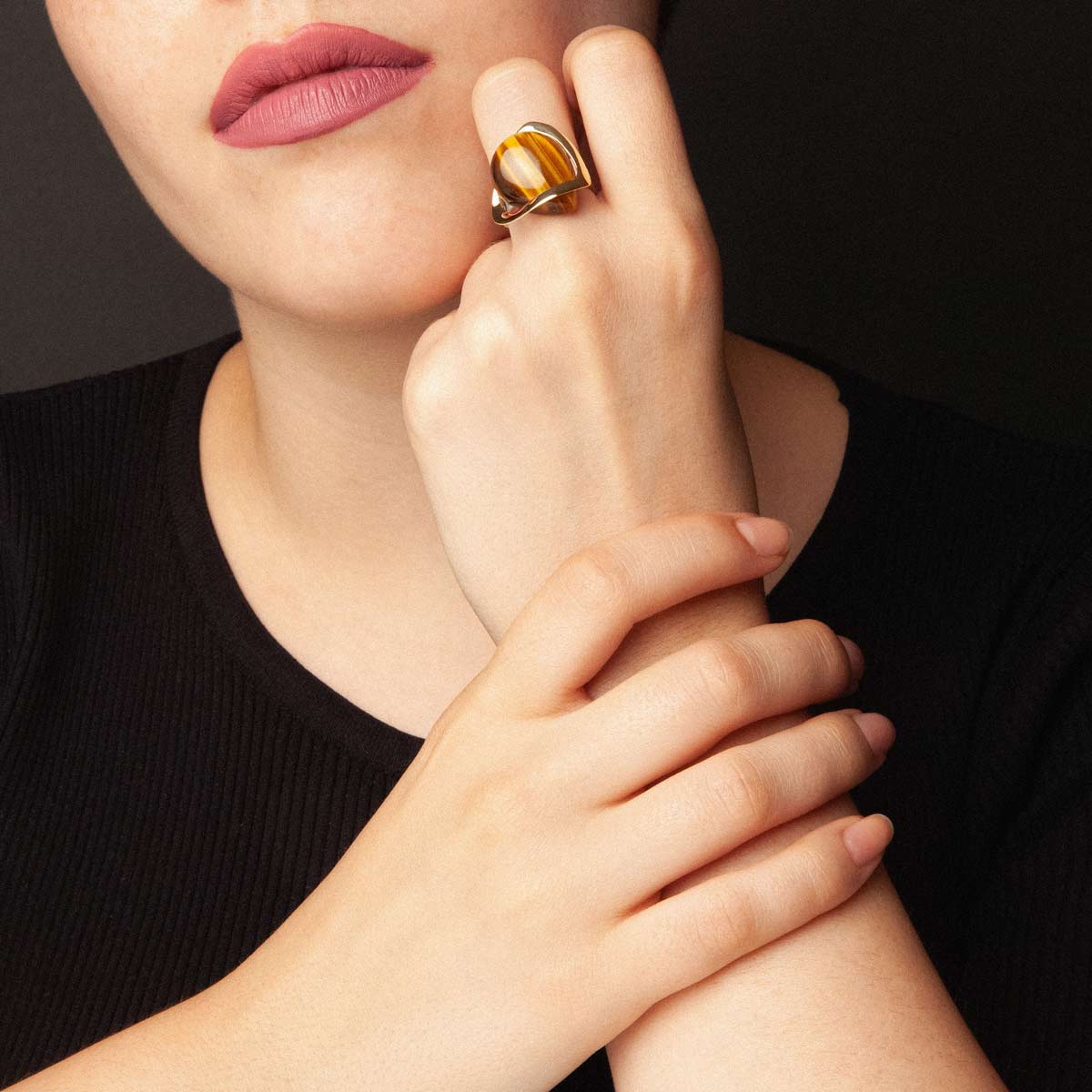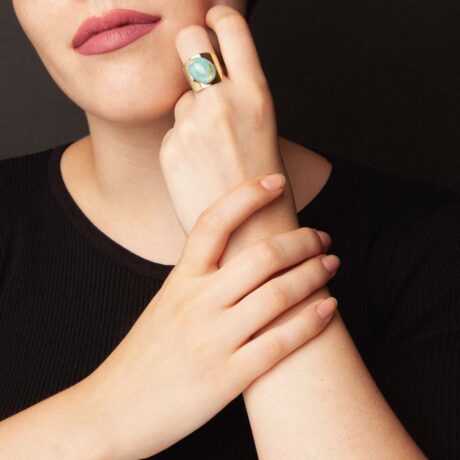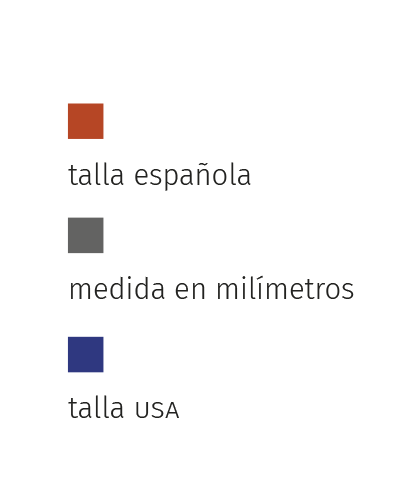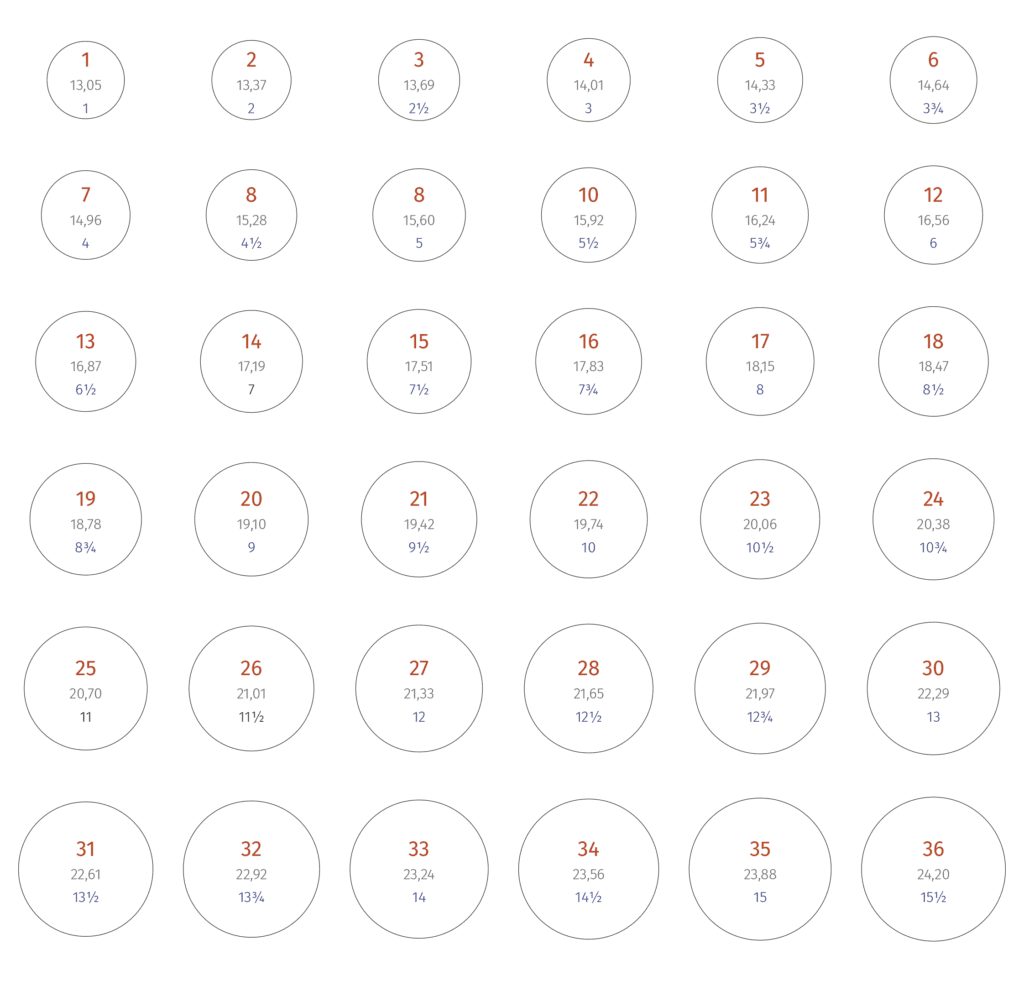This website uses cookies so that we can provide you with the best user experience possible. Cookie information is stored in your browser and performs functions such as recognising you when you return to our website and helping our team to understand which sections of the website you find most interesting and useful.
Jas ring in gold, silver and tiger's eye
Jas ring in 9k or 18k gold, sterling silver and tiger's eye
186,00 € – 317,00 €
Handmade 9k or 18k gold ring, 20×15 mm drop-shaped tiger eye cabochon. 22x20mm top view. Sterling silver hoop.
The Tiger's Eye It comes from India and is a mixture of several brown and yellow colored minerals such as quartz, limonite and riebeckite. Its iridescence and pigmentation are reminiscent of the tiger's iris. In Ancient Egypt it was used in sculpture to shape the eyes of deities thus representing divine vision.
- Handmade product
- Free shipping on the peninsula
- Delivery in 15 business days
craft culture
Craft time is a time that takes us out of the urgency of everyday life. A time that obeys the materials with which he works, listening to them and accompanying them. It is therefore a gesture far from routine, the one that machines repeat over and over again. The time for crafts in Belén Bajo is also the time for durable materials, metals, stones, to which timeless, simple shapes are proposed, with a certain geometric flavor.
Stylistic influences
Belén Bajo jewelery seeks maximum formal simplicity without giving up a playful touch. In part, its formal universe comes from the Central European rationalist and functional culture, its Mediterranean roots and the survival of the plastic forms of the culture of Al-Andalus in which a geometrized nature is presented by means of infinite patterns.
About Bethlehem Bajo
Belén Bajo trained at the School of Fine Arts in Madrid. There, from formal experimentation, the accumulation of references and manual work, he developed a way of understanding both plastic creation, a universe of chromatic and material abstractions, as well as the value of the roundness of objects as carriers of symbolic meanings.










